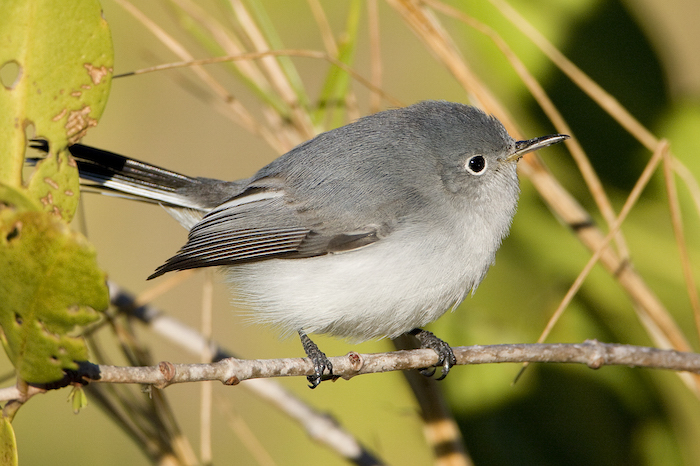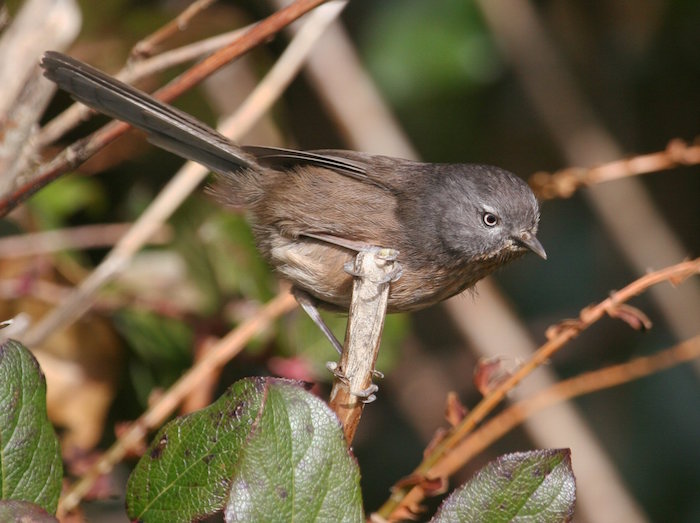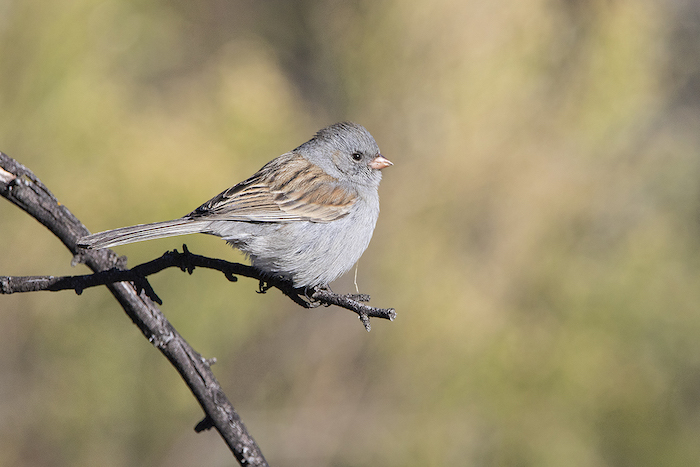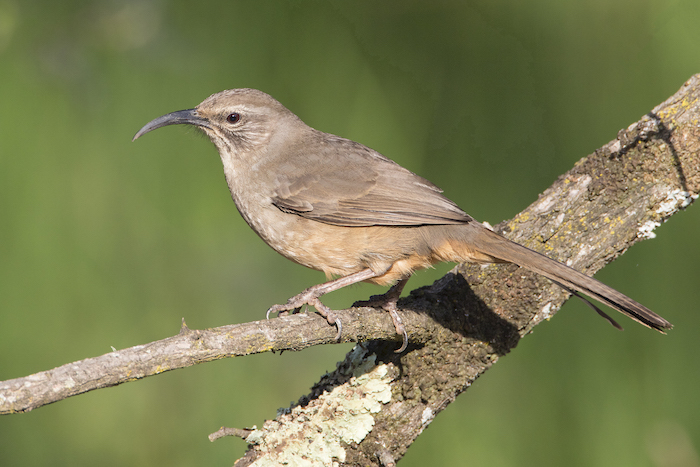
We just might live in one of the world’s most under-appreciated plant communities. Although so many of us make our homes in the chaparral, people often look past this native brushland to sigh at the forests above us or the spreading fields below. They are missing a lively world right here.
Chaparral is a community of living creatures uniquely adapted to the Mediterranean climate at about our latitude on the west coasts of continents around the globe. It’s not desert because of winter rains. It’s not forest because of regular summer heat and drought. It’s not grassland because, historically, its fires were too infrequent.
How do the plants survive, here where we huddle indoors with AC? They minimize water loss. With leaves that are tiny or vertically oriented, they cut their exposure to the withering sun. With waxy surfaces or whitish colors they reflect sunlight. With thick, resinous leaves they resist wilting, and with hairy surfaces they catch water vapor that cools the plant as it re-evaporates.
The success of these plants creates a thick bramble, a perfect hideaway for numerous animals wherever it grows. The tale of Br’er Rabbit and his safe briar patch has origins that include the fynbos, the African version of what we call chaparral. Here in California many birds find the brush a safe and welcome home.

Wrentits are tightly tied to their shrubby habitat. The size of a tangerine with a long, cocked-up tail, these hideaway gray-brown birds weave their way through the brush picking insects and making up for their near invisibility with a common chaparral song, described as a bouncing ball accelerating and ending in a trill. Strictly local, wrentits mate for life shortly after fledging and stay their whole lives in the brush within a quarter mile of their native nest.

Black-chinned sparrows also hug the scrub, but they vacation in Mexico each winter after the work of raising their kids here. These pink-billed beauties are reclusive, rarely seen even by avid birdwatchers except when a spring male perches on a low shrub to sing his heart out. They seem particularly rain-sensitive. Too much or too little precipitation reduces their nesting success.

California thrashers are another timid-seeming bird of the chaparral. They like to remain under brush when they scrape for insects, and their long, curved bills allow them to keep an eye up and out for predators even while foraging. They will, however, perch high and exposed in the tallest shrub around to sing loud and long for a mate! Some things seem even more important than safety!
Blue-gray gnatcatchers break the mold of “secretive” chaparral birds. These plucky little balls of fire energetically twitch their tails sideways and chase scrub-jays at least ten times their size. As a species, they range broadly, nesting in scrublands and forests across the US, and annually migrating as far south as Central America. Their habit of sprinkling other birds’ songs into their own buzzy trills has earned them the title “Little Mockingbird.”
The chaparral where these birds prosper is often misunderstood regarding fire. While many chaparral plants do bounce back from burns, either by crown sprouting or with seed germination, they cannot endure frequent fires. Their historic burn rate seems to have been on the order of 30-150 years. More frequent burns kill off the chaparral and turn it into grassland.
That has been happening recently. The longer, hotter summers of our time have joined with development to diminish chaparral for both people and birds. The Carr fire alone burned over a thousand homes and over 200,000 acres of habitat. In the last fifty years, wrentits and California thrashers have declined by a third, and black-chinned sparrows by a catastrophic 72%.
Fortunately, however, we can live here and still have a “here.” With thoughtful siting, landscaping, and construction material choices, and by steering away from fuels that create the longer, hotter seasons of our fires, we can continue the rhythms of the chaparral and coexist with the wild beauties that also make it home.
